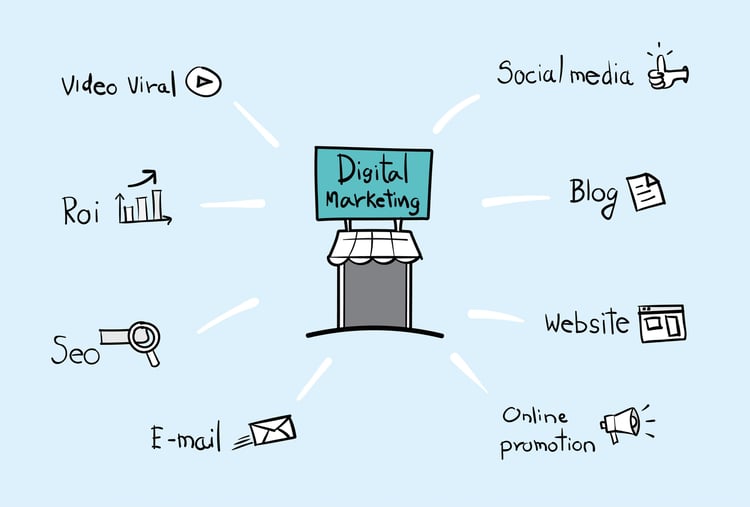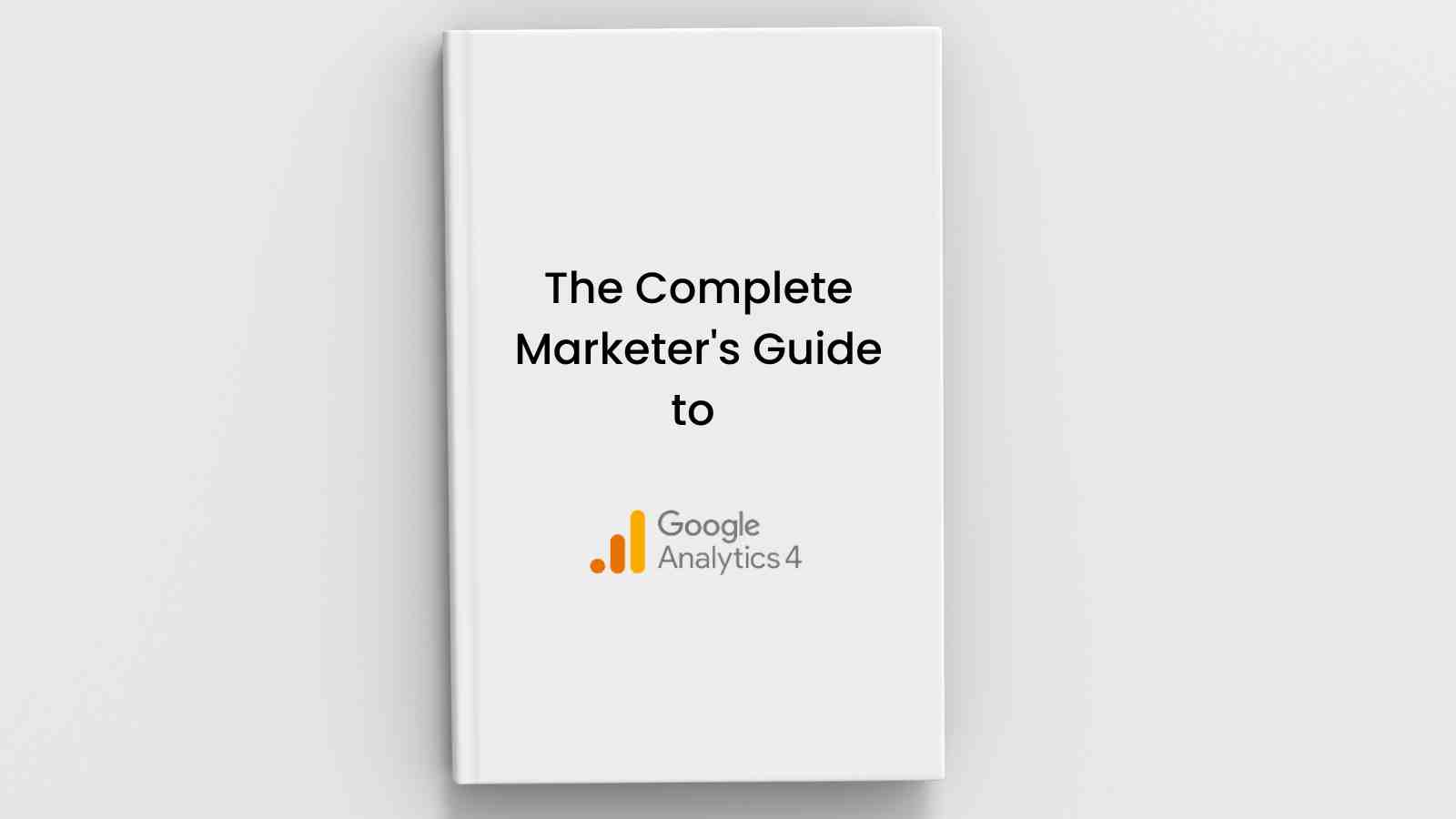"What have you done for me lately?"
"How do we know they would not have become a customer anyway?"
If you are involved in marketing you probably have heard those two questions. The reality is, the majority of executives don't think their marketing is focused enough on results.
What do exectives want to see? More revenue.
A study conducted in 2011 revealed 73% of executives did not believe their marketing people have business credibility.
That being said it is critical that marketers know the metrics that matter to management. Here are some key metrics that marketers need to understand to have credibility with management:
- Customer Acquisition Cost
- Marketing % of Customer Acquisition
- Customer Lifetime Value
- Time to Payback
- Marketing Originated Customer %
- Marketing Influenced Customer %
We've created a FREE cheat sheet to help you provide the metrics will prove your credibility:


You have the strategy. You have implemented a plan.
Likes, Clicks, Retweets, Followers and Fans do not validate your plan unless you can tie them to revenue generation.
You need to know how to calculate marketing ROI- Return On Investment.
Does this sound familiar?
Your business invests money in online marketing but you aren't sure if that marketing is generating revenue. Everyone tells you that clicks mean success, but what your business really needs is more customers. At the end of the day, you just want your online marketing to do what it is supposed to do and grow your business!
Here is some useful information on Return On Investment (ROI) from Google.
About return on investment (ROI)
Whether you use Google Ads to increase sales, generate leads, or drive other valuable customer activity, it's a good idea to measure your return on investment (ROI). Knowing your ROI helps you evaluate whether the money you're spending on Google Ads is going to a good cause: healthy profits for your business.
How ROI Works
ROI is the ratio of your net profit to your costs. It's typically the most important measurement for an advertiser because it's based on your specific advertising goals and shows the real effect your advertising efforts have on your business. The exact method you use to calculate ROI depends upon the goals of your campaign.
One way to define ROI is:
(Revenue - Cost of goods sold) / Cost of goods sold
Let's say you have a product that costs $100 to produce, and sells for $200. You sell 6 of these products as a result of advertising them on Google Ads, so your total cost is $600 and your total sales is $1200. Let's say your Google Ads costs are $200, for a total cost of $800. Your ROI is:
($1200 - $800) / $800
= $400 / $800
= 50%
In this example, you're earning a 50% return on investment. For every $1 you spend, you get $1.50 back.
For physical products, the cost of goods sold is equal to the manufacturing cost of all the items you sold plus your advertising costs, and your revenue is how much you made from selling those products. The amount you spend for each sale is known as cost per conversion.
If your business generates leads, the cost of goods sold is just your advertising costs, and your revenue is the amount you make on a typical lead. For example, if you typically make 1 sale for every 10 leads, and your typical sale is $20, then each lead generates $2 in revenue on average. The amount it costs you to get a lead is known as cost per action (CPA).
Why ROI matters
By calculating your ROI, you can find out how much money you've made by advertising with Google Ads. You can also use ROI to help you decide how to spend your budget. For example, if you find that a certain campaign is generating a higher ROI than others, you can apply more of your budget to the successful campaign and less money to campaigns that aren't performing well. You can also use ROI data to try to improve the performance of the less successful campaigns.







